If you’ve ever dreamed of owning a drop-top luxury car, you’ve probably looked at the Mercedes C 250 Cabrio and the BMW 420i Cabrio. Both come from popular car brands known for style, performance, and precision. These two convertibles offer a blend of open-air fun and everyday comfort. But which one truly fits your lifestyle?
The Mercedes-Benz C-Class Cabriolet brings elegance and that classic Mercedes-Benz smoothness. On the other side, the BMW 4 Series Convertible leans into sporty handling and sharp looks. With so many similarities — from engine displacement to rear seat design and infotainment options — it’s no wonder buyers often compare cars like these side by side.
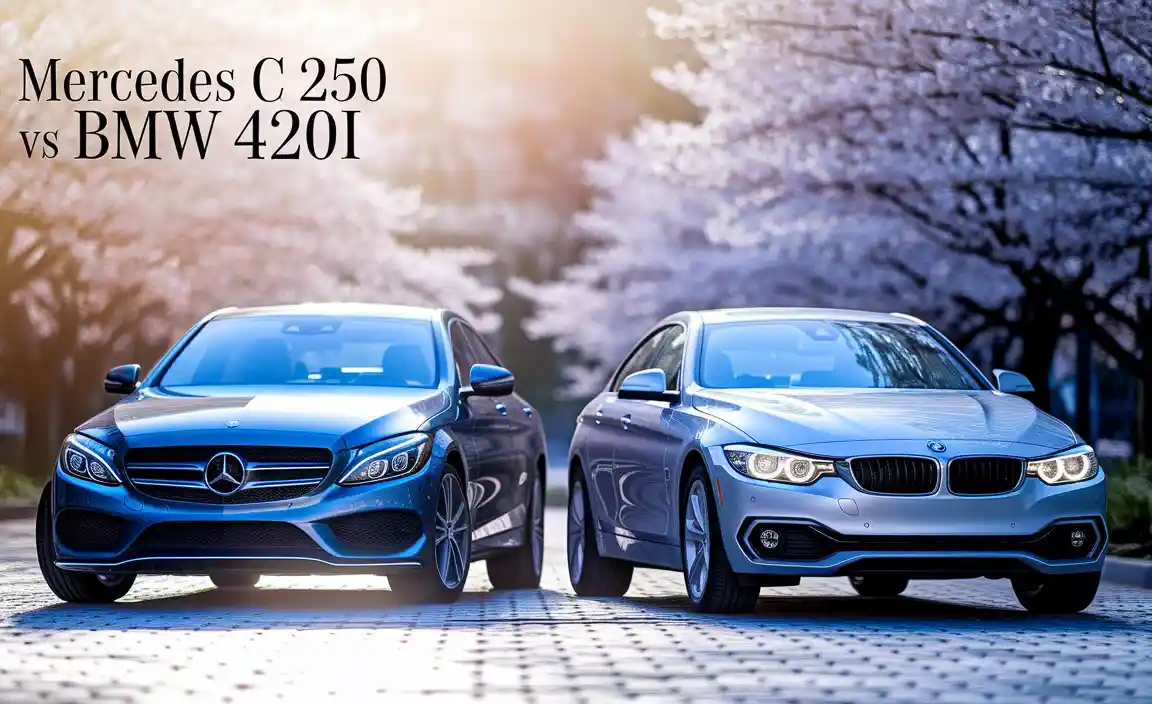
Whether you’re torn between BMW M influence or Mercedes’ C-Class Coupe heritage, this in-depth comparison will help you decide. Let’s break Mercedes C 250 vs BMW 420i all down. From specs and pricing to comfort, maintenance, and real-world driving.
A Comparative Overview Of Mercedes C 250 Cabrio Vs BMW 420i Cabrio
When it comes to drop-top luxury, two names often come up — the Mercedes C 250 Cabrio and the BMW 420i Cabrio. Both are stylish, powerful, and loaded with modern tech. Whether you’re after a laid-back cruiser or a sharp-handling performer, these convertibles bring a unique flavor to the road.
On one side, we have the Mercedes-Benz C-Class Cabriolet, a car that blends soft elegance with solid performance. On the other, the BMW 4 Series Convertible feels more athletic and edgy. If you’re stuck trying to compare cars in this class, these two models are a natural face-off.
Let’s explore how they stack up in terms of specs, features, pricing, comfort, performance, and long-term value.
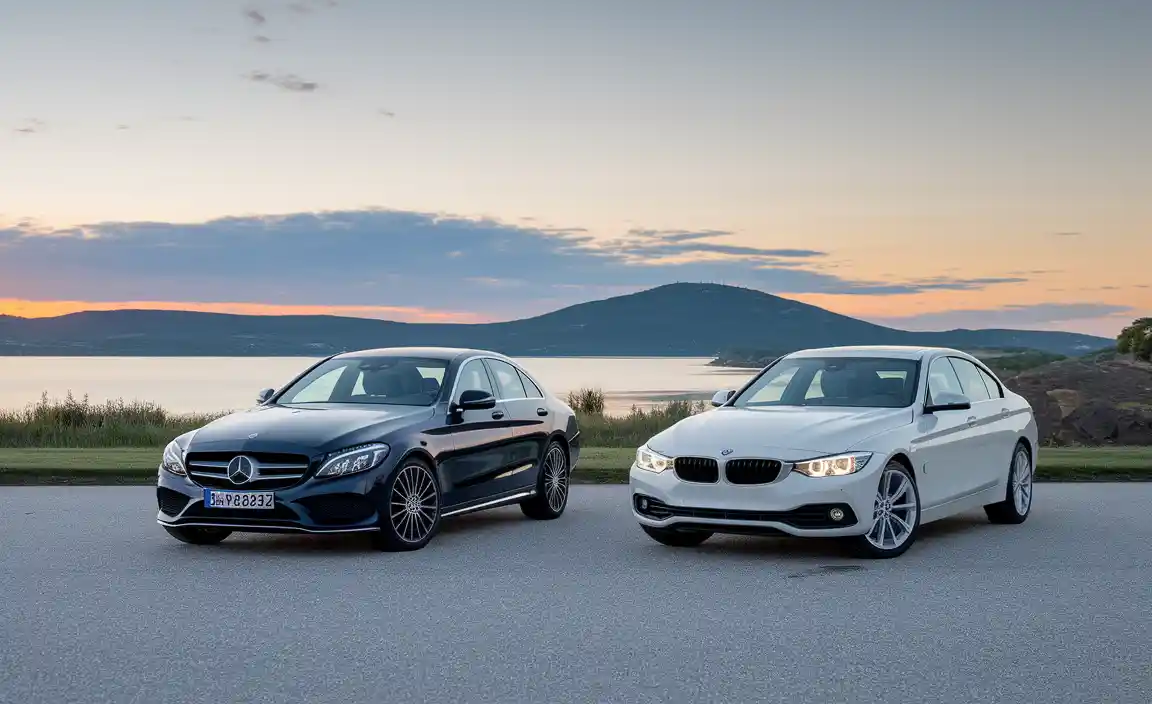
Specs And Features
The Mercedes-Benz C 250 Cabrio features a 2.0-liter turbocharged engine. It has a refined transmission type, quiet cabin, and excellent ride quality. The engine displacement matches the BMW, but it’s tuned more for smooth cruising.
The BMW 420i Convertible, part of the BMW 4 Series family, comes with a similar 2.0-liter turbo engine. Its powertrain leans slightly toward a sportier feel. Expect a sharper throttle and more road feedback — a nod to its BMW M DNA.
Both cars offer smart infotainment, Bluetooth, voice control, and height adjustable driver seat options. You’ll also find brake assist, parking sensors, and rear seat belts standard across both models.
Pricing Comparison
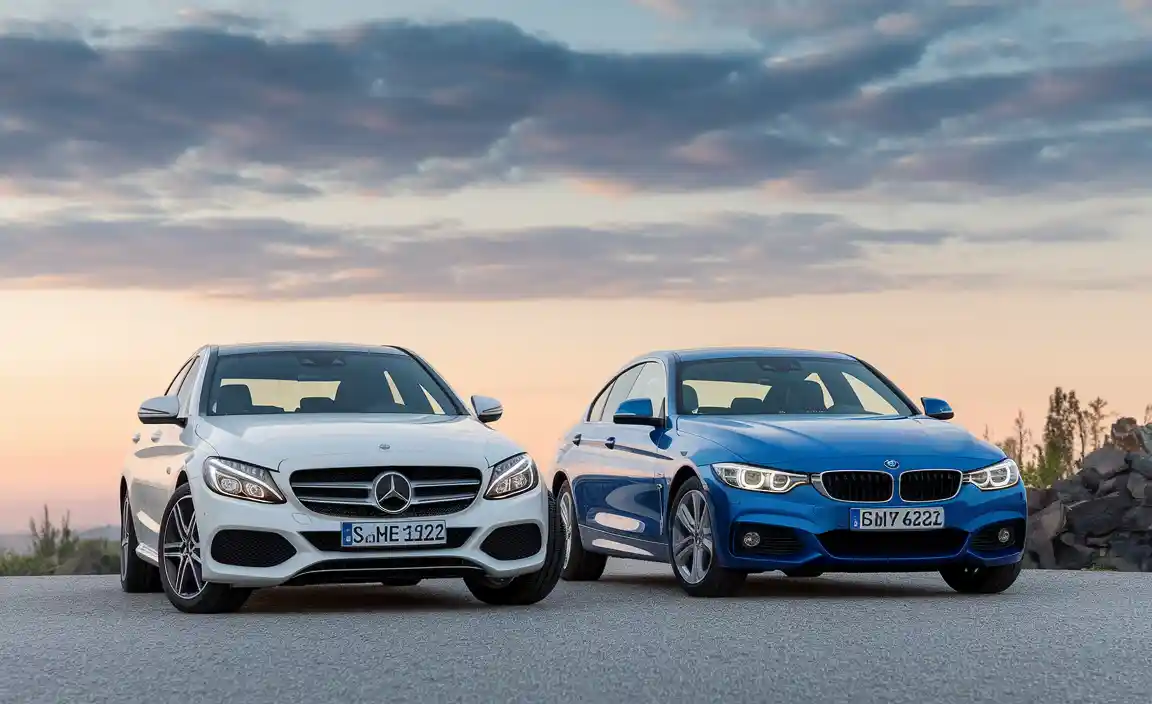
New Car Price Analysis
If you’re eyeing a new car, the starting price of the C 250 Cabrio is slightly higher than the 420i. However, it includes more standard luxury features, which helps justify the difference. Mercedes often bundles more comfort tech upfront, while BMW leans toward customization.
Used Car Market Trends
In the used car market, both models depreciate fairly quickly. The BMW 4 Series Convertible typically loses more value in the first three years, while the Mercedes-Benz C-Class Cabriolet holds onto its value a bit better.
5-Year Depreciation Rates
Over five years, Mercedes models often perform slightly better in resale. However, factors like condition, mileage, and service history weigh heavily.
Reliability And Maintenance
Expected Lifetime Recalls Over 30 Years
Both brands have strong reputations but are not immune to issues. You can expect 4–5 recalls over a 30-year span based on historical data. These often involve engine check warning lights, software updates, and sometimes rear brake type adjustments.
Common Maintenance And Repair Concerns
The Mercedes may need early rear suspension service. The BMW is known for occasional low fuel warning light sensor faults and electronic glitches. Still, both benefit from regular checkups, especially beyond 60,000 miles.
Driving Experience
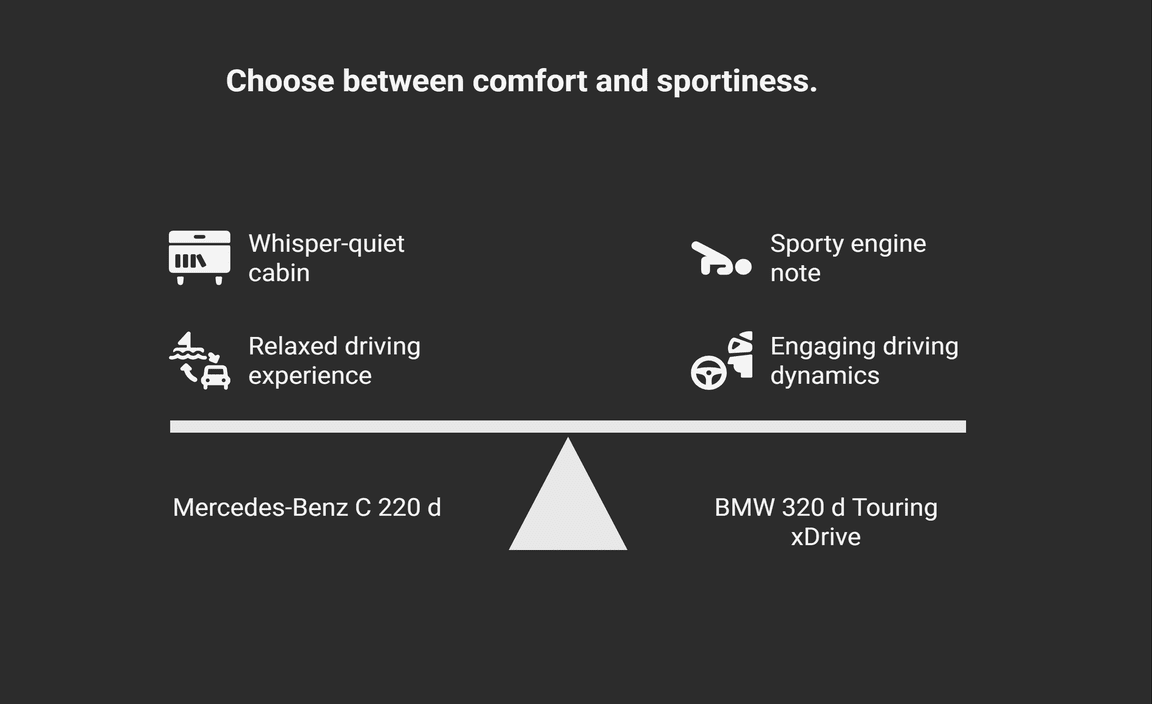
Engine Specifications And Performance
The engine details on both models list a 2.0-liter turbo inline-4. While the numbers are close, BMW’s output is slightly higher. The BMW M4 Competition Convertible showcases how far BMW can take performance in this body style.
Power And Acceleration
Expect 0–100 km/h in just under 7 seconds for both. The BMW feels punchier thanks to faster throttle mapping. The Mercedes, though, delivers a smooth, linear rise in speed.
Handling And Ride Comfort
Mercedes wins on comfort with better steering gear type damping and cabin isolation. BMW fights back with sharper steering feel and flatter cornering, giving it a more engaging character.
Interior And Comfort Features
Interior Space And Dimensions
Neither car is huge, but both use space well. Mercedes edges ahead with a roomier rear seat and easier foldable rear seat layout. BMW has tighter dimensions but feels sportier inside.
Seating And Ergonomic Design
Both offer powered front seats and rear seat headrest options. Mercedes adds more padding and broader cushions. BMW counters with firmer bolstering — better for twisty roads.
Entertainment And Infotainment Systems
The Mercedes infotainment setup is more user-friendly and better integrated into the centre console. BMW’s system is quick and sharp, but some prefer the layout in the Mercedes-Benz C.
Safety Ratings And Features
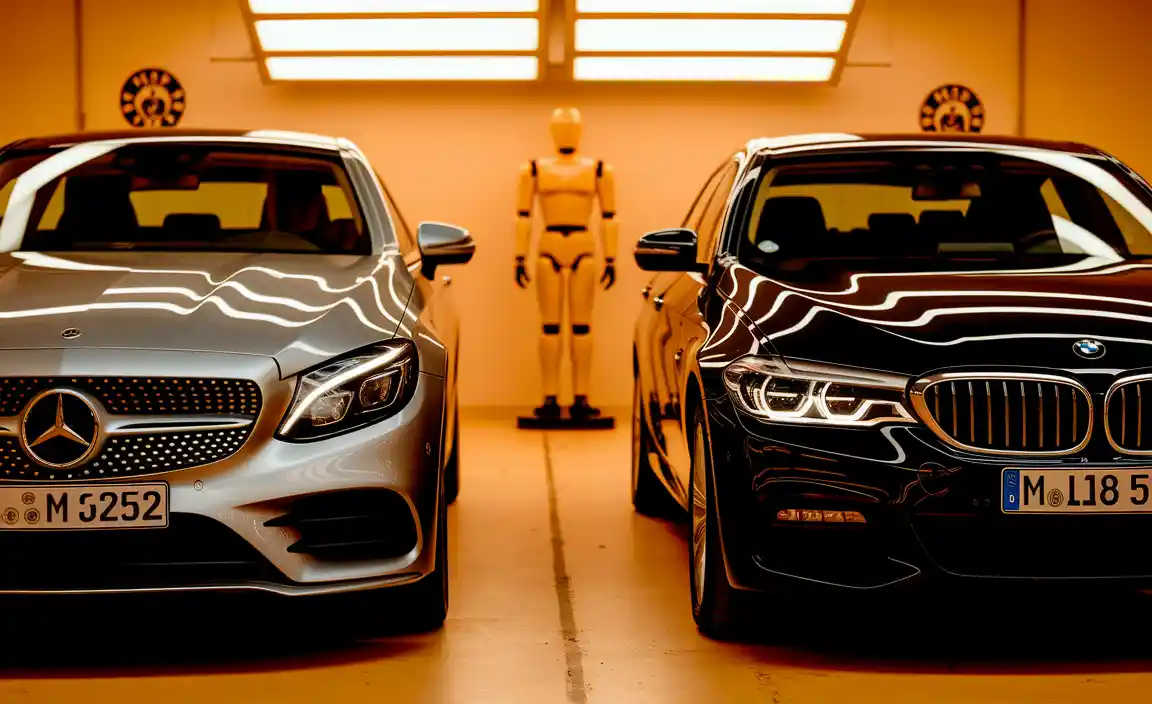
Crash Test Results
Both score well in safety tests. Mercedes often does better in side-impact ratings. BMW typically performs stronger in frontal crash tests, including rear seat performance.
Standard And Optional Safety Features
Features like brake assist, lane-keeping, and blind spot monitoring come standard. Both offer driver alert systems and adaptive cruise control. Mercedes offers more options packaged together, while BMW splits them across trims.
Styling And Exterior Design
Aesthetic Appeal And Personalization Options
Mercedes styling is timeless, sleek, and elegant. The C-Class Coupe heritage is clear. BMW goes bold — especially with the new 4 Series Coupe and its aggressive grille. If you want to stand out, BMW is more eye-catching.
Aerodynamics And Exterior Build
The Mercedes has better wind flow at high speeds. BMW’s sharp lines and vented body panels give it an edgier, track-ready look. Alloy wheel size options vary slightly between trims, but both offer strong visual appeal.
Value For Money
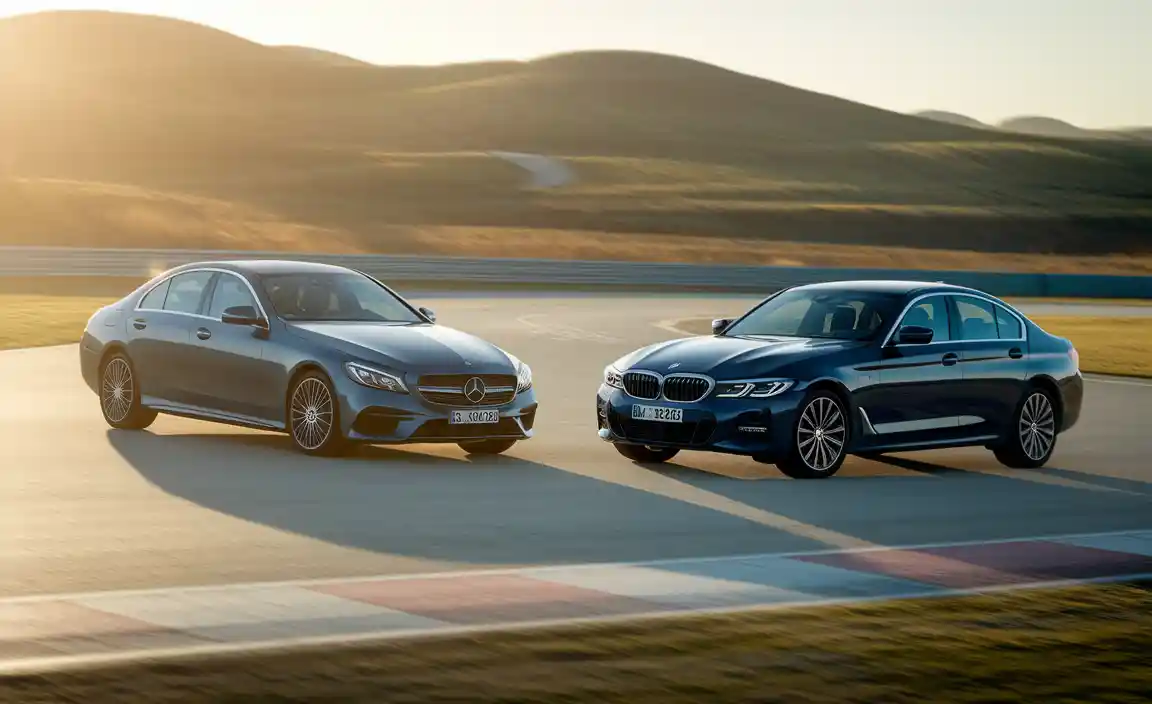
Overall Cost Of Ownership
Over five years, Mercedes edges out with lower service costs. Insurance and repairs are similar. BMW’s sportier nature may lead to quicker tire and brake wear.
Warranty And Service Packages
Both offer solid basic warranties. Mercedes includes complimentary maintenance in some markets. BMW often provides better extended service plans, especially on certified pre-owned units.
Real-World Driving Impressions
On the road, both cars shine in different ways. The Mercedes-Benz C 250 Cabrio feels like a rolling cloud — quiet, cushioned, and calm. It’s perfect for long drives down coastal roads or breezy sunset cruises. You won’t feel rushed in this car; it’s built for relaxed elegance.
In contrast, the BMW 420i Cabrio brings a sportier attitude to the street. The steering feels sharper, the throttle is quicker, and it loves curvy backroads. If you enjoy spirited weekend drives, the BMW will likely put a bigger grin on your face. Just don’t expect it to absorb bumps like the Mercedes does.
Long-Term Maintenance And Ownership Experience
Owning a convertible like the Mercedes C 250 Cabrio or the BMW 420i Cabrio is a joy—but it comes with a few responsibilities. While both cars are well-built, their long-term durability depends on regular upkeep. Convertibles naturally require a bit more care than hardtops, especially when it comes to the soft-top mechanism, seals, and electronics.

The Mercedes-Benz C-Class Cabriolet has a solid reputation for long-term comfort. Its rear suspension tends to last longer with smoother wear patterns, and electronic issues are rare. Cabin materials stay tight and rattle-free even after 5+ years of use, which makes it a quiet companion for long drives.
On the flip side, the BMW 420i Convertible has more complex electronics and sharper dynamics. That means it’s more fun, but it may also need more attention over time. Owners often report brake assist sensor updates, engine check warning alerts, and occasional alignment issues caused by aggressive driving or pothole-heavy roads.
Here’s a list of smart ownership tips to keep either car running smoothly:
Convertible Ownership Maintenance Tips
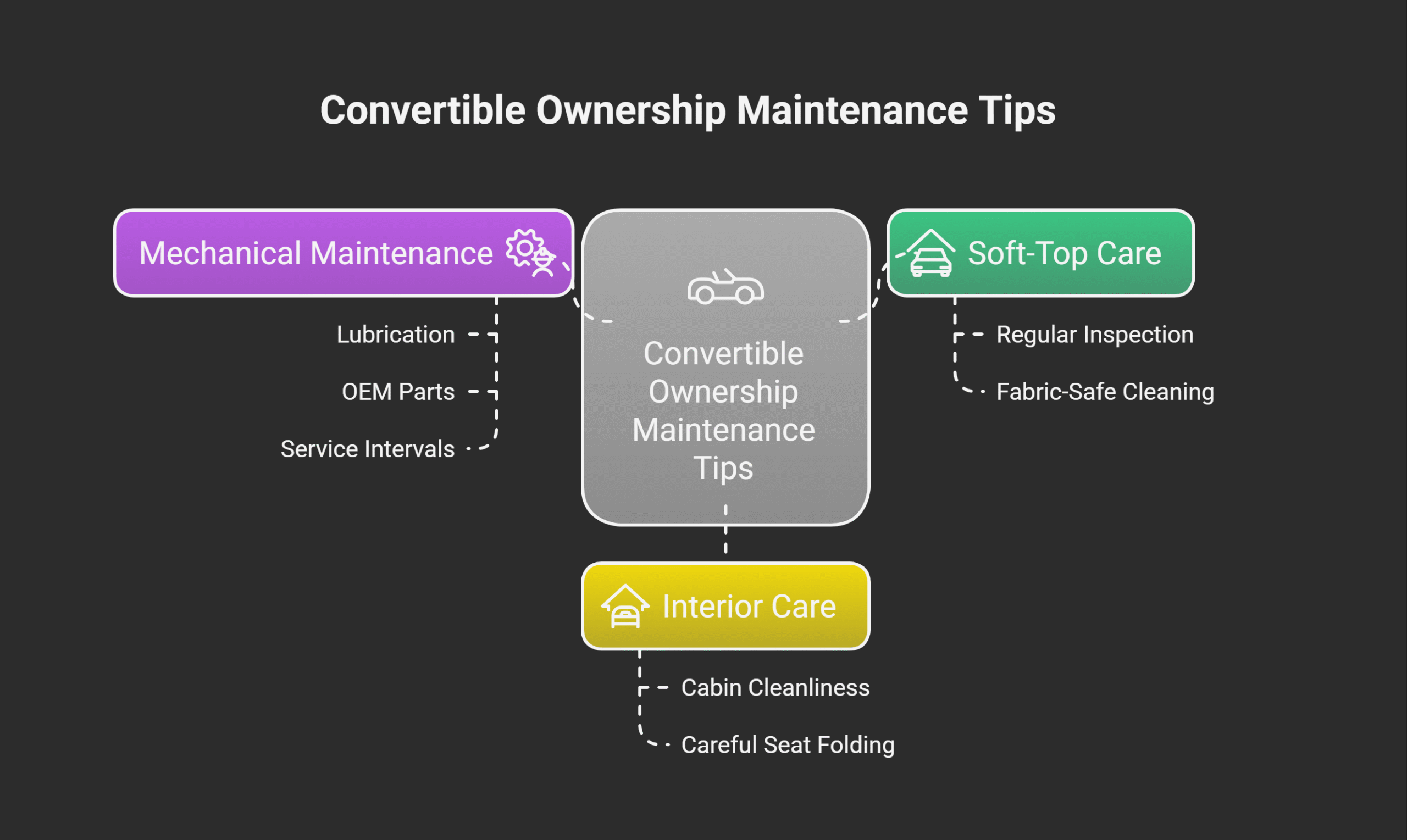
- Inspect the soft-top regularly: Look for wear, small tears, or dried seals. Clean it using fabric-safe products to prevent mold and sun damage.
- Lubricate the roof mechanism every 6–12 months: This keeps the opening/closing smooth and silent.
- Check for water leaks after heavy rain: Especially around doors, windows, and rear seat seams. Leaks can damage interior electronics.
- Stick to factory service intervals: Especially for oil changes, transmission fluid, and rear brake type
- Use OEM parts during repairs: Both Mercedes and BMW are sensitive to aftermarket parts, especially in the rear suspension and steering gear type systems.
- Pay attention to warning lights: Don’t ignore the engine check warning or low fuel warning light. These can hint at bigger issues if left unchecked.
- Rotate tires often and check alignment: BMW’s sportier handling can cause uneven tire wear, especially if you push it hard.
- Keep the cabin clean: Dust buildup in the centre console, buttons, or height adjustable driver seat tracks can lead to mechanical faults over time.
- Fold rear seats carefully: Especially in the BMW, where the foldable rear seat design is more delicate.
- Store it well in extreme weather: If possible, use a garage or a quality cover to protect the soft-top from harsh sun or heavy snow.
Maintaining a convertible might sound like a chore, but it really isn’t—it’s just about being proactive. Treat it like a premium watch: wear it, enjoy it, but don’t forget to care for it. When you do, both the C-Class Cabriolet and the 4 Series Convertible will give back years of driving pleasure with style and grace.
Conclusion
So, which should you choose: the calm charm of the Mercedes C 250 Cabrio or the bold edge of the BMW 420i Convertible?
If comfort, elegance, and smoother rides are your thing, the Mercedes delivers. But if you want sharper handling and sporty flair, the BMW has the upper hand.
Both cars represent the best of their kind and rank high among similar cars like the Audi A5, BMW 2 Series, or even a bold Ford Mustang. It comes down to how you like to drive, what design speaks to you, and how much seating capacity and tech you need.
At the end of the day, both are winners — you just have to pick the kind of joyride you want.
FAQs
1.Which Is Faster, The Mercedes C 250 Cabrio Or BMW 420i Cabrio?
The BMW 420i Cabrio offers quicker throttle response, while the C 250 Cabrio delivers smoother acceleration. Both are quick, but the BMW leans sportier.
2.What’s The Difference In Engine Specs?
The Mercedes has a turbocharged four-cylinder engine. The BMW also uses a similar setup. Both have close engine displacement, but BMW feels slightly more aggressive at high RPMs.
3.How Do They Compare On Fuel Economy?
The BMW typically edges ahead in fuel type efficiency. However, the Mercedes does well in city driving thanks to its refined tuning.
4.Which One Is More Reliable Long-Term?
The Mercedes-Benz C-Class tends to have fewer issues over time. But both require regular care, especially when out of warranty.
5.Are There Common Repair Concerns?
Yes. The Mercedes might need attention for rear suspension wear and occasional engine check warnings. The BMW often shows brake assist or low fuel warning light alerts in colder climates.
6.Which Has Better Infotainment And Tech?
Mercedes comes loaded with intuitive tech and a cleaner interface. BMW’s iDrive is fast, but some find it less user-friendly. Both support Apple CarPlay and offer voice controls.
7.What About Seating And Comfort?
Both cars have comfortable front seats. The rear seat in the BMW feels tighter. Mercedes offers better rear seat headrest support and foldable rear seat options.
8.Which One Holds Its Value Better?
The BMW 420i Cabrio generally has higher 5-year depreciation. The Mercedes tends to retain slightly more value in the used market.
9.Are There Big Styling Differences?
Absolutely. The Mercedes goes for flowing lines and timeless looks. The BMW 4 Series Coupe shape is bolder, especially with alloy wheel sizes and the big grille.
10.What Are Some Similar Cars To Consider?
You might also check out the Audi A5, Ford Mustang Convertible, or even BMW 2 Series. Want something offbeat? Try a luxury SUV like the BMW X1 or Land Rover if you need more space.